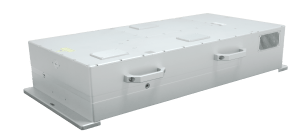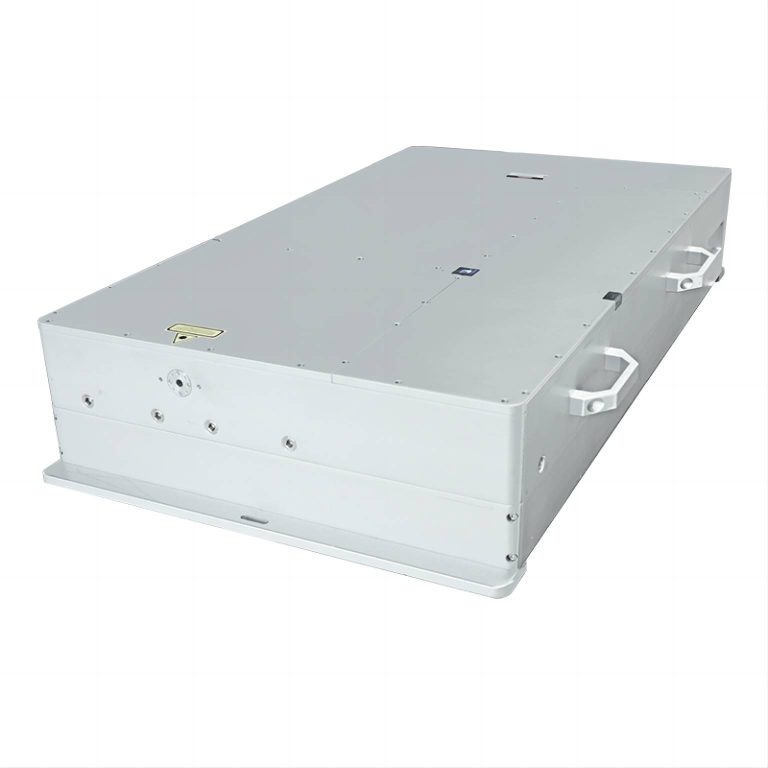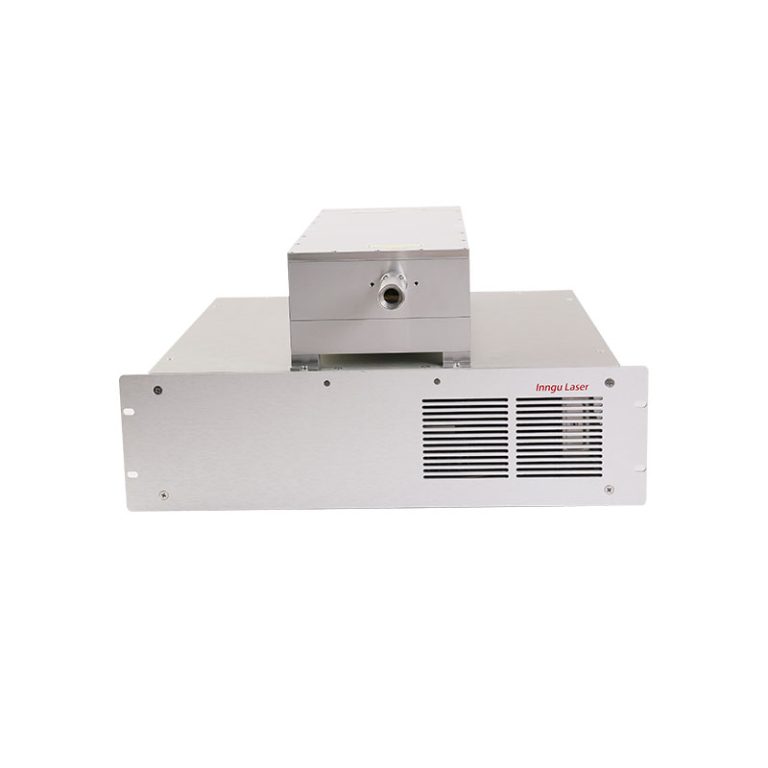Introduction
The landscape of scientific research has been significantly influenced by the continual advancement of laser technologies. Among these, Pico Lasers have emerged as a powerful tool, offering unparalleled precision and speed in a myriad of applications. This article delves into the realm of Pico Lasers and their pivotal role in shaping the landscape of advanced scientific research. From ultrafast spectroscopy to probing the dynamics of molecular interactions, Pico Lasers have become indispensable in unraveling the mysteries of the natural world.
Principles of Pico Lasers
Pico Lasers, characterized by their incredibly short pulse durations in the picosecond range (10^-12 seconds), operate on the principle of ultrafast optics. These lasers generate pulses with durations that allow for the observation and manipulation of phenomena occurring at the picosecond timescale. The principles governing Pico Lasers involve mode-locked oscillators, enabling the production of pulses with high temporal resolution.
The ultrafast pulses produced by Pico Lasers are instrumental in capturing and studying dynamic processes, making them invaluable in various scientific disciplines. The speed and precision offered by Pico Lasers open new avenues for researchers to explore ultrafast phenomena that were once beyond the reach of conventional laser technologies.
Applications in Ultrafast Spectroscopy
One of the primary domains where Pico Lasers shine is ultrafast spectroscopy. Researchers leverage the ultra-short pulses to capture snapshots of molecular and atomic dynamics with unprecedented temporal resolution. The ability to investigate rapid processes, such as chemical reactions and molecular vibrations, provides insights into the fundamental principles governing these phenomena.
Pico Lasers, when coupled with advanced spectroscopic techniques, enable scientists to study the intricacies of energy transfer mechanisms, electronic transitions, and molecular conformations. This application has profound implications across various scientific fields, from chemistry to biophysics, facilitating a deeper understanding of the fundamental building blocks of matter.
Probing Molecular Dynamics
In the realm of molecular dynamics, Pico Lasers offers a unique capability to probe and control the motion of molecules on ultrafast timescales. Techniques like pump-probe spectroscopy utilize two synchronized pulses—one to initiate a process and the other to probe its evolution. This approach allows researchers to investigate molecular interactions, conformational changes, and chemical reactions with picosecond precision.
The study of molecular dynamics using Pico Lasers extends to diverse areas, including biochemistry, pharmacology, and materials science. Understanding the rapid transformations within biological molecules or tracking the pathways of chemical reactions provides valuable knowledge that forms the basis for advancements in drug development, material design, and bioengineering.
Materials Science and Pico Laser Machining
Pico Lasers have found a niche in materials science, particularly in precision machining and micromachining applications. The ultrafast pulses minimize heat-affected zones, enabling precise material removal with minimal damage to surrounding areas. This capability is instrumental in the fabrication of intricate microstructures and the processing of delicate materials such as semiconductors.
Researchers and manufacturers utilize Pico Lasers for tasks ranging from cutting and drilling to surface modification. The ability to finely control the laser parameters allows for tailored processing, making Pico Lasers a versatile tool for enhancing the efficiency and precision of materials processing in various industries.

Advancements Driving Innovation
The adoption and advancement of Pico Lasers in scientific research are propelled by continuous developments in several key areas:
Mode-Locking Techniques:
Ongoing research focuses on refining mode-locking techniques to achieve even shorter pulse durations. Advancements in this area contribute to higher temporal resolutions, enabling researchers to explore phenomena with unprecedented precision.
Compact and Portable Systems:
Miniaturization of Pico Laser systems enhances their portability, opening up new possibilities for field-based experiments and applications. Compact systems empower researchers to bring the capabilities of Pico Lasers to diverse environments, from laboratories to remote research sites.
Wavelength Tunability:
Research efforts are directed towards enhancing the tunability of Pico Lasers across different wavelengths. This flexibility expands the range of materials and processes that can be studied, providing researchers with a broader toolkit for their investigations.
Integration with Imaging Technologies:
Integration of Pico Lasers with advanced imaging technologies, such as multiphoton microscopy and time-resolved imaging, enhances researchers’ ability to visualize and study ultrafast processes with spatial resolution. This integration enables a comprehensive understanding of dynamic events occurring within biological and materials systems.
Femtosecond Laser Technologies:
The synergy between picosecond and femtosecond laser technologies contributes to a more comprehensive understanding of ultrafast phenomena. Combining these technologies enables researchers to probe even shorter timescales, bridging the gap between picosecond and femtosecond regimes.
Future Prospects
The prospects of Pico Lasers in advanced scientific research are promising, with ongoing developments poised to further expand their applications:
Interdisciplinary Collaborations:
Collaborative efforts between researchers from different disciplines, facilitated by the versatility of Pico Lasers, are likely to result in innovative approaches to studying complex systems. Interdisciplinary collaborations can lead to breakthroughs in fields such as biology, physics, and materials science.
In vivo Applications:
Advances in Pico Laser technologies may pave the way for more widespread in vivo applications. The ability to study ultrafast processes within living organisms offers unprecedented insights into biological mechanisms and could have implications for fields such as neuroscience and medical diagnostics.
Quantum Technologies:
The ultrafast capabilities of Pico Lasers position them at the forefront of research in quantum technologies. Applications in quantum communication, quantum computing, and quantum optics hold promise for revolutionizing information processing and communication systems.
Materials by Design:
The precision of Pico Lasers in materials processing aligns with the growing field of material design. Researchers can utilize Pico Lasers to engineer materials with specific properties, tailoring them for applications in electronics, photonics, and energy storage.
Conclusion
In conclusion, Pico Lasers have become indispensable tools in the arsenal of advanced scientific researchers, enabling exploration into ultrafast phenomena across diverse disciplines. From unraveling the dynamics of molecular interactions to advancing materials science and precision machining, the applications of Pico Lasers are vast and transformative. Ongoing advancements and interdisciplinary collaborations are poised to further elevate the impact of Pico Lasers, promising breakthroughs in our understanding of the natural world and driving technological innovations.


